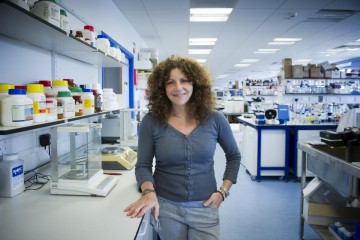PhD Studentship
The development of an in vitro model of spinal cord injury to study aligned neurite outgrowth

At a glance
Completed
Award date
September 2012 - January 2016
Grant amount
£90,000
Principal investigator
Professor Susan Barnett
Co-investigator(s)
Institute
University of Glasgow
R
- Replacement
Read the abstract
View the grant profile on GtR
